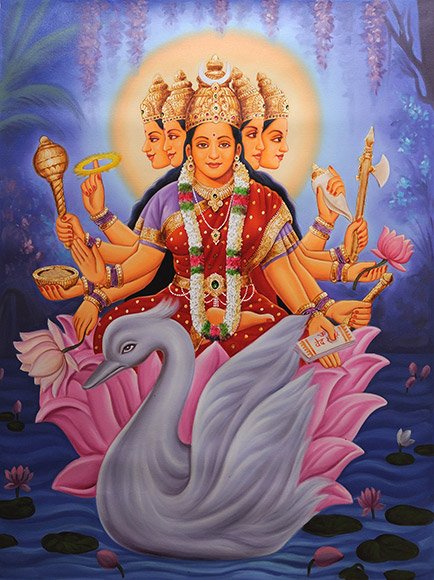Vrittanamaksharasankhya, Vṛttānāmakṣarasaṅkhyā, Vrittanamakshara-sankhya: 1 definition
Introduction:
Vrittanamaksharasankhya means something in Hinduism, Sanskrit. If you want to know the exact meaning, history, etymology or English translation of this term then check out the descriptions on this page. Add your comment or reference to a book if you want to contribute to this summary article.
The Sanskrit term Vṛttānāmakṣarasaṅkhyā can be transliterated into English as Vrttanamaksarasankhya or Vrittanamaksharasankhya, using the IAST transliteration scheme (?).
In Hinduism
Chandas (prosody, study of Sanskrit metres)
Source: Shodhganga: a concise history of Sanskrit Chanda literatureVṛttānāmakṣarasaṅkhyā (वृत्तानामक्षरसङ्ख्या) is the name of a text dealing with Sanskrit prosody (chandas) for which no authorship could be traced. Usually the authors mention their names, parentage etc. in the colophon of their works. But there are certain works in which, the author leaves no impression of his identity. The Vṛttānāmakṣara-saṅkhyā is mentioned in the “New Catalogus Catalogorum” p. 23.

Chandas (छन्दस्) refers to Sanskrit prosody and represents one of the six Vedangas (auxiliary disciplines belonging to the study of the Vedas). The science of prosody (chandas-shastra) focusses on the study of the poetic meters such as the commonly known twenty-six metres mentioned by Pingalas.
See also (Relevant definitions)
Partial matches: Samkhya.
Relevant text
No search results for Vrittanamaksharasankhya, Vṛttānāmakṣarasaṅkhyā, Vrittanamakshara-sankhya, Vṛttānāmakṣara-saṅkhyā, Vrttanamaksarasankhya, Vrttanamaksara-sankhya; (plurals include: Vrittanamaksharasankhyas, Vṛttānāmakṣarasaṅkhyās, sankhyas, saṅkhyās, Vrttanamaksarasankhyas) in any book or story.